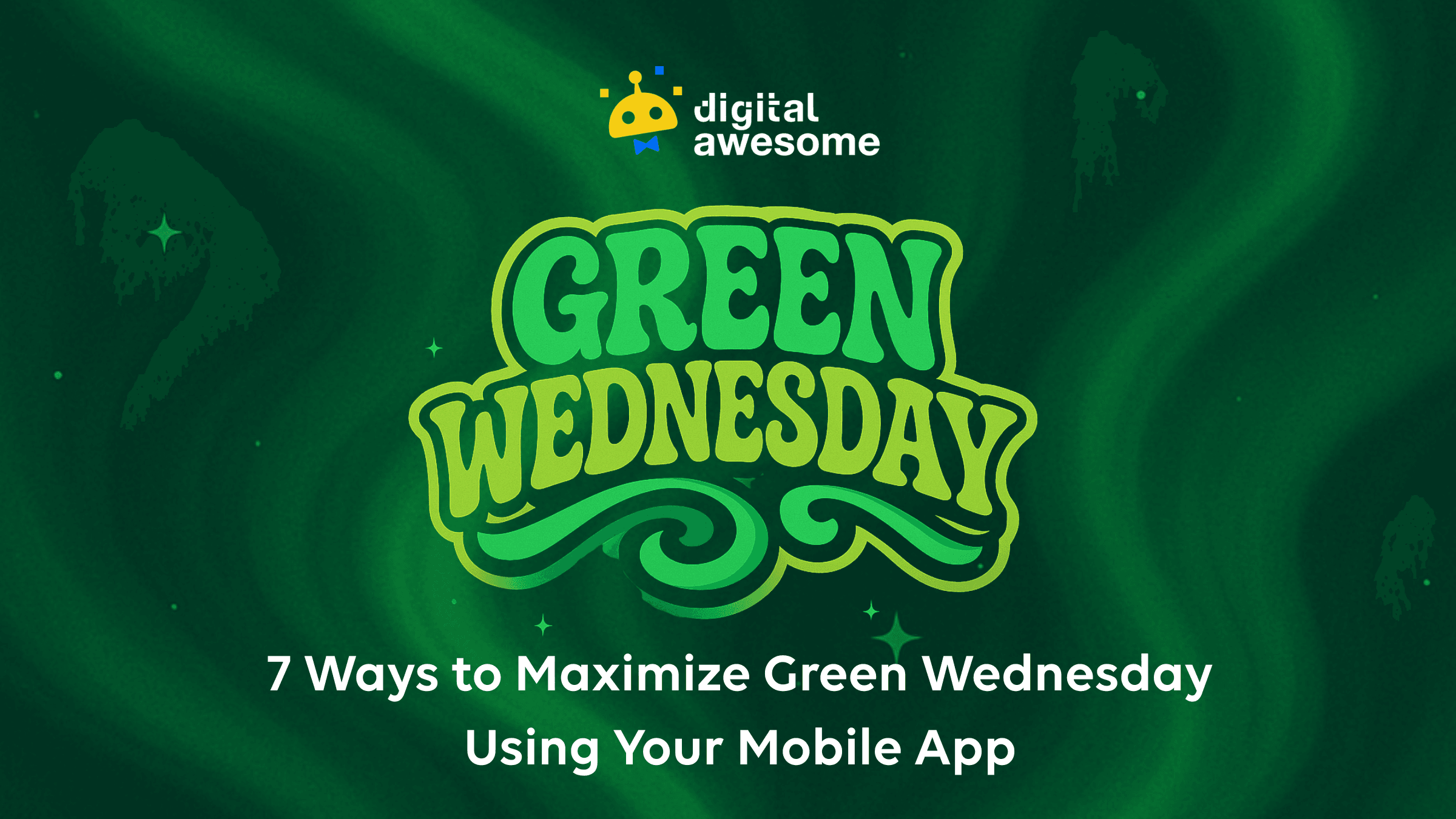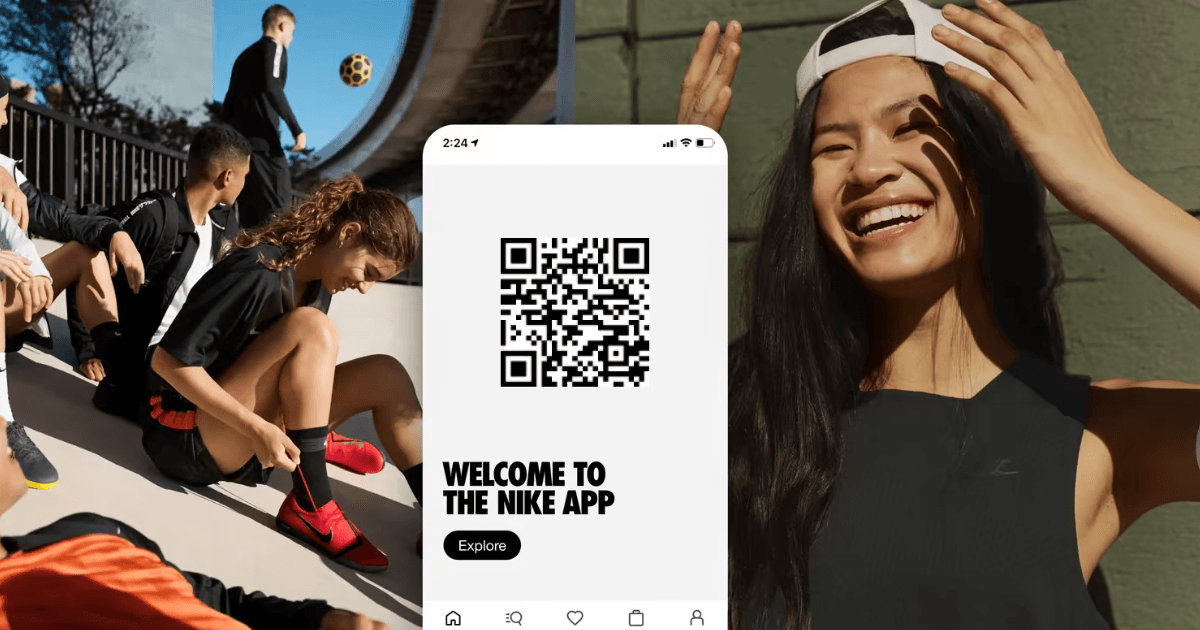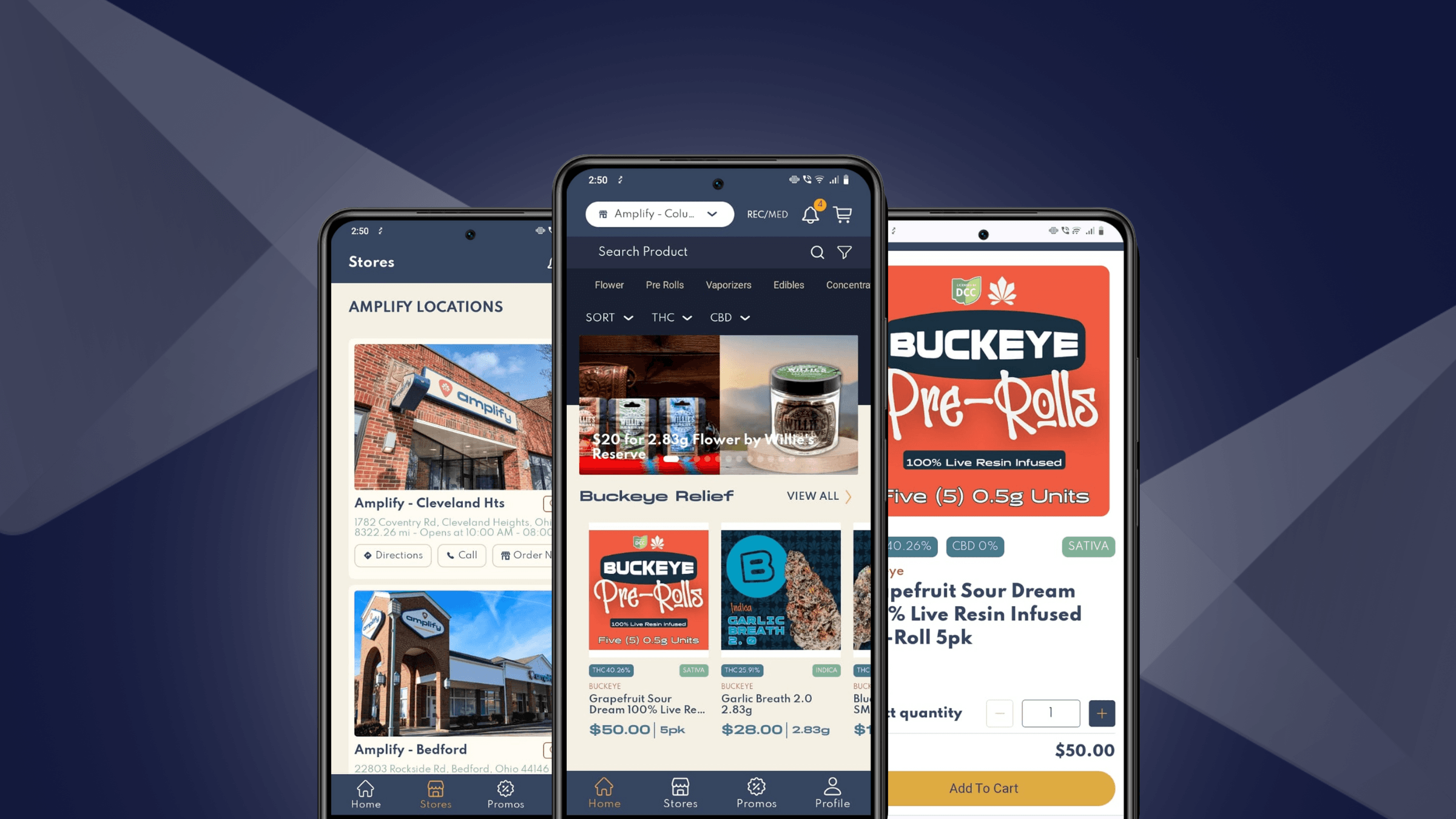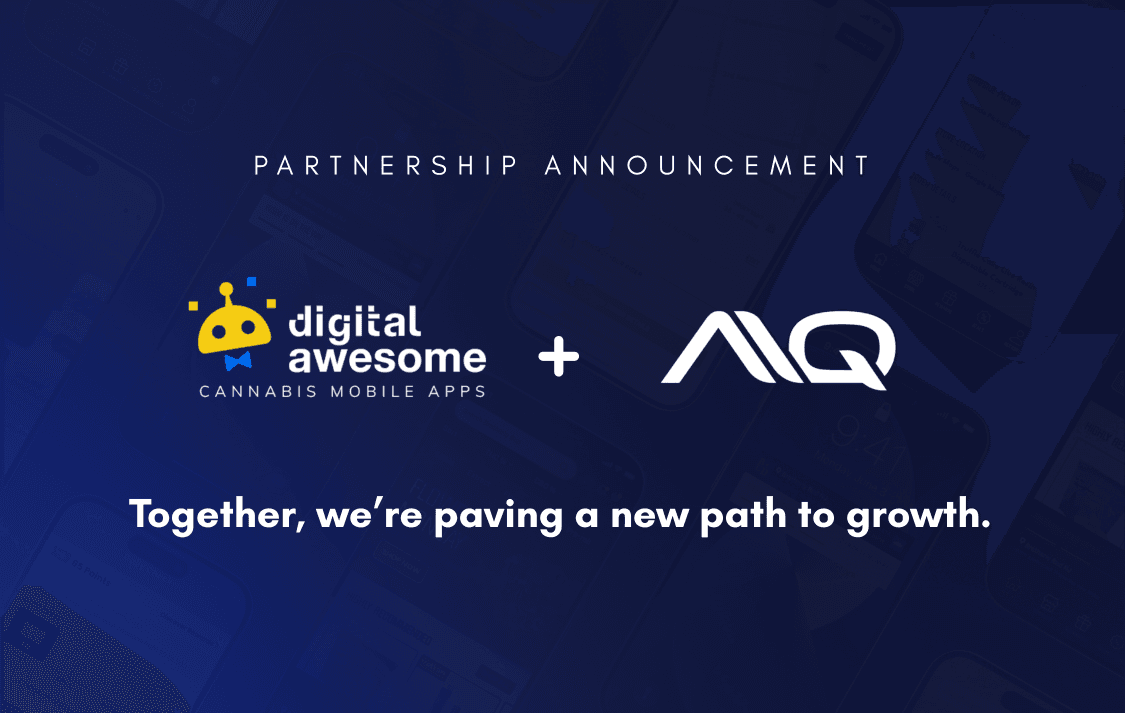

Business
7 Ways To Improve User Retention
Posted by: Digital Awesome
August 12, 2022
Do you have an existing mobile app but struggling to keep users engaged? Were you off to a strong start but now find your retention rates dwindling at a terrifying speed? Are your competitors stealing your customers with their recent updates? If so, then you’ve hit jackpot with this post. We’re giving you seven ways to help improve user retention and prepare for your app’s greatest comeback.
But before anything else, let’s talk about mobile app engagement and retention rates, and why they matter.
Mobile app engagement and user retention are like Jack and Jill
They basically go hand in hand. Mobile app engagement defines how users interact with the application. This includes the number of downloads, session length and interval, lifetime revenue, and the number of active users which is an important metric in measuring user retention. While user retention, as the term suggests, refers to how many engaged users are retained after a set period. While new user acquisition is exciting, it really is user retention that keeps most apps alive. Having a clear picture of these metrics will give you an indication if you’re app’s set to blaze the trail or not.
So if your numbers aren’t looking good at this point, then it’s time to plan and strategize as if your app’s life depends on it. Because maybe, it does.
7 Strategies To Improve User Retention
Start Tracking
It’s tempting to update your app with a brand-spanking new UI or arm it with the latest feature when your numbers start to go down. But it’s best to determine where it all went wrong. Incorporating tracking strategies and feedback mechanisms into your plan gives you a solid foundation before you jump ahead with any costly investments to salvage your app. You can begin by grouping a set of participants into specific data sets and then set your preferred tracking method to analyze user data.
Here are some tracking methods you can use:
- Session recordings - it allows you to observe in-app interactions from the start of use until they exit the app through a screen recording of an actual session. This method gives you a full timeline of the customer’s experience and detects frustration points that cause app abandonment, and also discovers what features really shine through.
- Touch heat mapping - is an effective visual qualitative tool that enables one to monitor elusive user behaviors and detect clunky UX or pages within the app that affects the user’s overall experience.
- Conversion Funnels - if you notice that your customers are dropping out before they even finish the customer journey, then consider analyzing your conversion funnels. It tracks a user’s behavior in three crucial areas of your app: log-in, in-app purchases and payment, helping one to understand why they failed to convert.
Other tracking methods you can explore are navigation paths and action cohorts. Ultimately, no matter what method or combination of methods you choose, it all boils down to exposing key issues that affect the overall experience. Once you have a handful of data, implement the necessary ways to improve user retention.
Test, Test, Test!
Once the guesswork is out of the way, start coding the necessary updates that are aligned with your new strategy. Just like how you launched its maiden version, ensure that all improvements were data-driven.
When your team already improved any faulty navigation, revamped the overall app design, and integrated a much-coveted tech feature, be sure to do a beta test first. Do a beta test with a pool of invite-only audiences. This way, you’re not only piquing the interest of the early access users, but you get to ensure that your app shapes up before the re-launch.
Improve Onboarding Experience
First impressions matter - in business, dating and even an app’s user acquisition process. Once your users downloaded your app, the user must meet an optimized user onboarding experience. Failing to give a seamless onboarding flow puts your retention rates at risk. How can you retain them when they’re not enticed enough to even sign-up for the app, right?
Here are a few ways to improve your onboarding experience:
- Keep it neat and simple - onboarding guides should be kept simple and easy to absorb. Avoid bombarding the user with unnecessary elements and information. A simple flow should be able to guide a user through the app and fully capture the interest of users during the first session.
- Incorporate dynamic visuals - add captivating graphics and visuals to your onboarding. Visually-pleasing content attracts users to take action and engage with the app.
- Tell them what you want them to do next - call-to-action prompts are powerful so make sure to include them. Having CTAs in place sets a tone of engagement that helps keep the momentum going in terms of suggested user interactions. It can encourage users to activate push notifications and alerts.
Explore Personalization
Personalization is one of the most indispensable marketing strategies out there. Data shows that over 90% of customers are more likely to engage with brands that recognize, remember and give relevant suggestions. Because of this, almost a third of marketers in the US and the UK have devoted more than half of their online marketing budgets to personalization efforts.
The power of personalization improves customer experience by humanizing messages and making in-app offers more engaging. Personalization tactics include adding the user’s registered name on push notifications and relevant app pages and using machine learning to recommend suitable offers based on user behavior.
Related read: The Power of Personalization in Retail
Push Notifications
Push notifications are one of the most effective ways to remind your users of just about anything. It appears on a user’s lock screen to share new offers, alerts and action points to keep the engagement going. Make the most out of your push efforts by personalizing your alerts. It improves reaction rates by fourfold and increases open rates by 9%. Emojis, rich text and customized send times are also known to improve feature performance.
Incentivize
Incentivizing is a cost-effective way to strengthen brand loyalty and keep retention rates at bay. It is also known to continually achieve greater ROI for less cost compared to acquiring new users.
Incentivizing is not just about mindlessly giving out free tokens or access to premium features. Solidifying an effective incentive plan requires a data-driven approach to ensure that all audience types are taken into consideration. It requires market analysis, a customer feedback loop, a proactive communication calendar and a roll-out strategy through e-mail automation among other means.
Optimize your app store presence
Brands put a lot of effort into Search Engine Optimization (SEO). Why? When people hit certain keywords on their browsers, the first few search results end up with the highest conversion rates. Ranking factors aside, the process is technically the same as App Store Optimization (ASO). It also covers both search, on-page and off-page strategies to outrank the competition.
Optimizing your listing will improve your ranking and click-through rates within the highly-saturated app marketplace. High visibility often equates to more downloads, and more downloads lead to greater revenue. To optimize your listing, revisit your app name and title, description, app icon, screenshots and reviews. Ensure that high-performing keywords are integrated and descriptions are easy to read at a glance. Icons should be attractive enough for a click, screenshots highlight your app’s greatest strengths, and reviews are maintained at a stellar 4 out 5 at a minimum.
Moreover, optimizing your presence in the app store goes beyond keywords. Google and iOS pay attention to App Conversion rates as well. This is to ensure that their search engines recommend apps that people love and would actually want to use. App conversion rate refers to the percentage of users that jump from impression to sale. Here are the most important conversion rates to consider:
- Impression to store view - The user clicks your app after searching on the app search engine.
- Store view to install - Once the user is on your listing, the user is now convinced to click download and install.
- Install to sale - The user already downloaded the app and completes the customer journey by subscribing or making an in-app purchase.
Aside from conversion rates, Google and iOS consider download velocity as part of their ranking algorithms. Download velocity refers to the number of downloads your app gets at a certain period of time. The higher your download velocity, the higher your ranking gets.
You might even top the charts, start acquiring new users and start rekindling your past (users, that is)!
Are you an app owner looking for ways to improve user retention?
Talk to Digital Awesome’s app experts and see your app thrive using winning strategies this year. Contact us here or email ca@digitalawesomeapps.com.
Articles You May Like

7 Ways to Maximize Your App ROI This Green Wednesday

What the Cannabis Industry Can Learn From Nike

Android Users Are Ready to Spend. Is Your Dispensary Ready?
